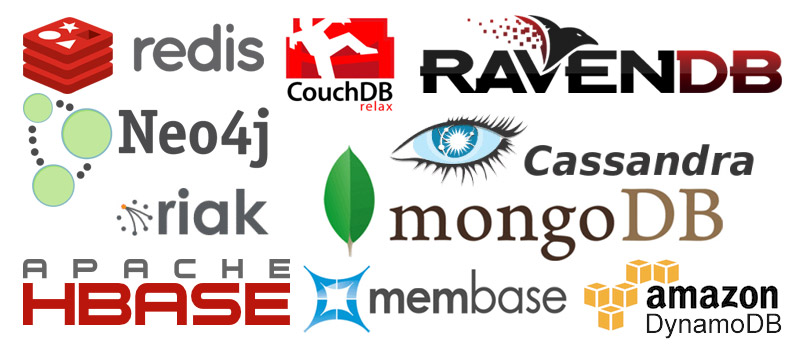OK. So in part 1 we covered a bunch of MongoDB basics. In this part, I plan on covering in detail the core MongoDB databases, what collections they have and what they’re used for.
When you first install MongoDB, two databases are created for you called admin and local. They don’t contain many collections and may not even contain any to begin with, however don’t worry about this, Mongo will create them as an when it needs them.
The third core database is called config. Config databases are a little more complicated, in that they can only be accessed when connected to a shard instead of a particular daemon. I haven’t covered shards yet. But for now just think of shards as individual mongod nodes, that all together form your data set. How this happens is very customisable, these customisable setting are stored in the config database. I’ll cover shards in great detail in a separate post.

